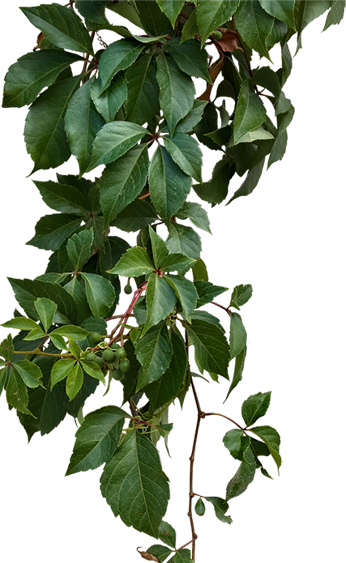
How to Choose the Best LED Grow Light for Plants in New Zealand (Beginner’s Guide)
- Home
- How to Choose the Best LED Grow Light for Plants in New Zealand (Beginner’s Guide)
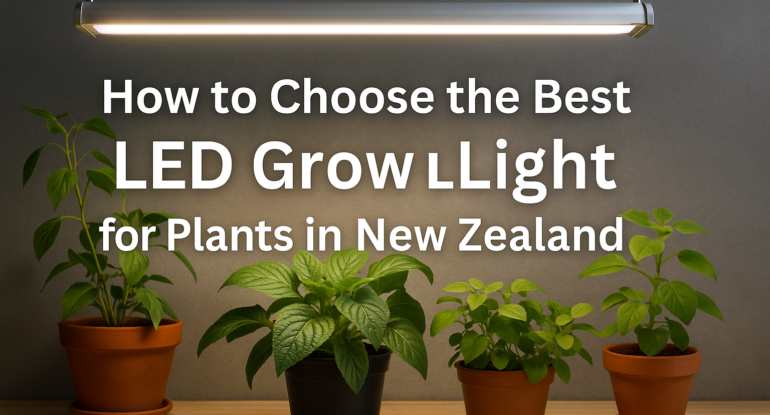
How to Choose the Best LED Grow Light for Plants in New Zealand (Beginner’s Guide)
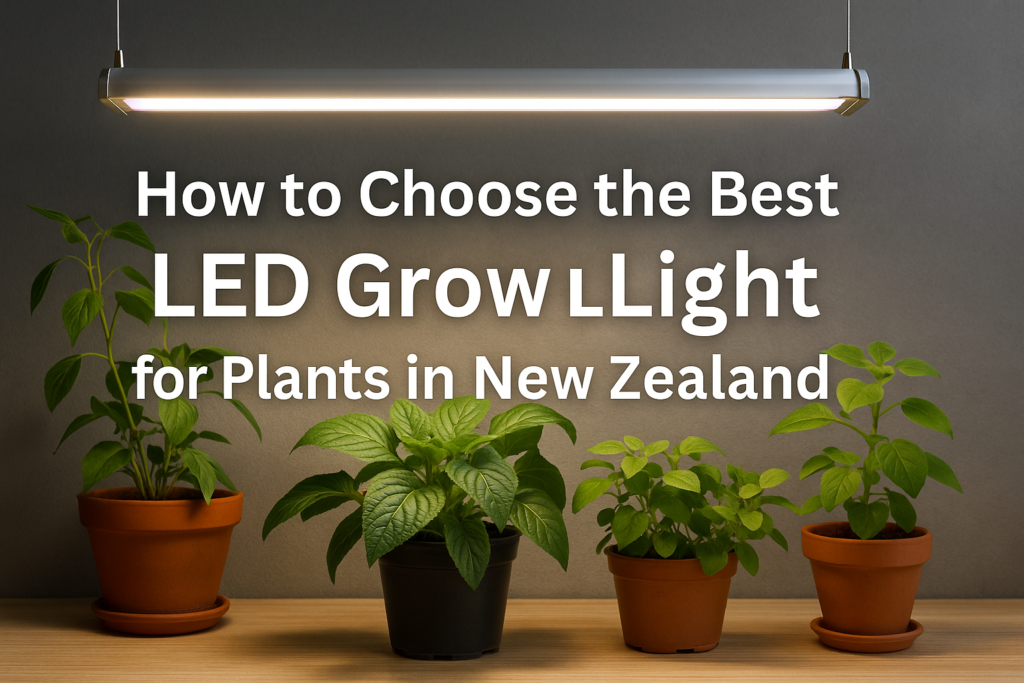
Introduction
Indoor gardening and controlled-environment agriculture are booming in New Zealand. Whether you’re a hobbyist in Wellington, a commercial grower near Christchurch, or a research lab in Auckland, LED grow lights have become the gold standard for energy-efficient, high-yield plant cultivation. This beginner’s guide walks you through every consideration—from light spectrum and wattage to NZ-specific factors—so you can confidently choose the best LED grow light for your needs.
“Lighting is the most critical factor in any indoor garden. Get it right, and your plants will reward you with faster growth and higher yields.”
Why Choose LED Grow Lights?
LED technology has revolutionized indoor growing. Here’s why Kiwi growers prefer LED grow lights over traditional options:
Energy Efficiency: Up to 50–70% less power consumption than HPS or fluorescent lights.
Tailored Spectrum: Full-spectrum white LEDs or red/blue combinations tuned for photosynthesis.
Low Heat Output: Allows lights to sit closer to foliage, improving light penetration and reducing cooling costs.
Longevity: Rated for 50,000+ hours of use—equivalent to 10+ years in many home setups.
Compact & Scalable: Choose bars, panels, or bulbs to fit any space, from windowsills to vertical farms.
These benefits translate to lower electricity bills—critical in NZ where commercial rates can exceed NZD 0.25/kWh—and healthier, faster-growing plants.
Key Factors When Selecting an LED Grow Light
3.1 Light Spectrum (PPFD & PAR)
Photosynthetically Active Radiation (PAR): 400–700 nm wavelengths drive photosynthesis.
PPFD (μmol/m²/s): Measures how many photons hit your canopy each second.
Seedlings/Clones: 100–200 μmol/m²/s
Vegetative Growth: 300–600 μmol/m²/s
Flowering/Fruiting: 600–900 μmol/m²/s
Spectrum Options:
Full-spectrum white LEDs for balanced growth
Dual-spectrum red/blue for energy-efficient veg/flower cycles
Tunable LEDs let you adjust spectrum by growth stage
3.2 Wattage vs. Efficiency
Actual Power Draw (W): How much electricity the fixture uses.
PPE (μmol/J): Efficiency metric—higher means more light per watt.
Look for > 2.2 μmol/J for commercial-grade bars/panels.
Home hobbyists can use 1.8–2.0 μmol/J fixtures.
3.3 Coverage Area & Penetration
Footprint: The area (in m²) a light effectively covers at recommended hang height.
e.g. a 600 W panel might cover 1.2 × 1.2 m at 30 cm above canopy.
Light Uniformity: Even PPFD across the canopy avoids hotspots/low zones.
Penetration: High canopy penetration ensures lower leaves get enough light.
3.4 Heat Output & Thermal Management
Passive Cooling (Heatsinks): Silent but less efficient at high loads.
Active Cooling (Fans): Better for high-power fixtures, but generates noise.
Ambient Temperature: In summer months (Jan–Feb), NZ indoor temps can spike—good thermal design prevents heat stress.
3.5 Adjustability & Control Features
Dimming: Allows precise intensity control for veg vs. bloom phases.
Timers & Schedules: Built-in or external timers automate photoperiods.
Wireless/App Control: Remote spectrum/intensity adjustments via smartphone.
Types of LED Grow Lights
4.1 LED Bars
Use Case: Vertical racks, tissue culture labs, narrow benches.
Advantages: Slim form factor, easy daisy-chaining, uniform linear coverage.
Example: 4 ft × 17 W LED Light Bars—ideal for leafy greens.
4.2 LED Panels
Use Case: Commercial greenhouses, large tents, research chambers.
Advantages: Broad coverage, high PPFD, modular design.
Example: 600 W full-spectrum panel covering ~1.2 × 1.2 m.
4.3 COB & Quantum Board Lights
Use Case: High-intensity small footprints, deep canopy penetration.
Advantages: High lumen and photon output per diode, superior PPE.
Example: 200 W COB combined with reflective optics for focused lighting.
4.4 Full-Spectrum vs. Adjustable Spectrum
Fixed Full-Spectrum: Ready-to-use “white light”—simple and versatile.
Tunable Spectrum: Separate veg/flower channels—maximizes efficiency per growth stage.
Matching Lights to Your Plants
5.1 Seedlings & Clones
Light Level: 100–200 μmol/m²/s
Fixture Type: Low-wattage panels or LED bars; dimmable for tender plants.
5.2 Leafy Greens & Herbs
Light Level: 300–500 μmol/m²/s
Fixture Type: Full-spectrum panels or bars in hydroponic setups.
Tip: Use multiple low-watt bars spaced evenly for uniform canopy.
5.3 Flowering & Fruiting Plants
Light Level: 600–900 μmol/m²/s
Fixture Type: High-power panels or COB clusters for penetration.
Tip: Supplement with red-heavy spectrum during bloom phases.
New Zealand–Specific Considerations
6.1 Seasonal Daylight Variations
Winter (May–Aug): Short days (down to ~8 hours in South Island)
Summer (Nov–Feb): Long daylight (up to ~15 hours)
Strategy: Increase photoperiods and PPFD in winter to maintain growth rates.
6.2 Energy Costs & Efficiency
Commercial Rates: NZD 0.20–0.30/kWh
Home Rates: NZD 0.25–0.35/kWh (varies by region and provider)
Tip: Choose fixtures with PPE > 2.0 μmol/J to minimize power bills.
6.3 Local Availability & Support
Authorized Dealer: Growlight.co.nz stocks Nexsel Tech fixtures with NZ warranty.
Support: Local tech support, replacement parts, and fast shipping across NZ.
Installation & Maintenance Tips
Height & Hangings:
Seedling stage: 30–45 cm above canopy
Veg stage: 30 cm
Flower stage: 20–25 cm
Photoperiod Scheduling:
Veg: 16 hours on / 8 hours off
Flower: 12 hours on / 12 hours off
Cleaning:
Dust LEDs and heatsinks bi-monthly to maintain output.
Monitoring:
Use PAR meter or smartphone apps to verify PPFD.
Check leaf color and stretch for signs of light stress.
Budgeting & Return on Investment
Initial Investment:
Hobbyist bar (9–17 W): NZD 50–150 each
Commercial panel (300–600 W): NZD 600–1,200
Payback Period:
With 20 % energy savings over HPS, many growers recoup costs within 12–18 months.
Long-Term Savings:
LEDs last 5–10× longer than HPS; reduced ballast replacement and cooling expenses.
| Use Case | Recommended Fixture | Key Specs |
|---|---|---|
| Seedlings & Clones | 2 ft LED Bar (9 W) | 1.8 µmol/J, 100 µmol/m²/s, white spectrum |
| Leafy Greens (Home Tents) | 4 ft LED Bar (17 W) | 2.0 µmol/J, 300 µmol/m²/s, daisy-chainable |
| Small Indoor Gardens (Hobby) | 200 W Quantum Board | 2.2 µmol/J, full-spectrum |
| Commercial Greenhouses | 600 W Panel w/ Dimming & App Control | 2.5 µmol/J, 1.2×1.2 m footprint |
| Speed Breeding Chambers | Tunable Dual-Spectrum Panel (450 W) | 2.3 µmol/J, veg/bloom channels |
| Tissue Culture Labs | 36 W LED Tube (Replace 64 W CFL) | 2.0 µmol/J, minimal heat |
All fixtures are available in New Zealand with local support and warranty from Growlight.co.nz.
Conclusion & Next Steps
Choosing the best LED grow light in New Zealand means balancing spectrum, wattage, coverage, and budget—while considering local energy costs and daylight patterns. By following this guide, you’ll be equipped to select a fixture that boosts plant health, maximizes yield, and delivers long-term savings.
Ready to transform your indoor garden?
Review your space and growth goals (seedlings, veggies, flowers).
Compare the top-pick fixtures above and select the model that fits your footprint and budget.
Install according to height and photoperiod recommendations.
Monitor growth and adjust light intensity or spectrum as needed.
For personalized advice and to explore our full range of grow lights NZ, visit Growlight.co.nz. Happy growing!
Frequently Asked Questions (FAQs)
What’s the difference between full-spectrum and dual-spectrum LED grow lights? ◦ Answer: Full-spectrum LEDs emit a balanced white light (all PAR wavelengths 400–700 nm) suitable for every growth stage. Dual-spectrum fixtures have separate red and blue channels you can dial up or down—blue for vegetative growth and red for flowering/fruiting. If you want simplicity and broad coverage, choose full-spectrum; if you need maximum control and efficiency per growth phase, pick a tunable dual-spectrum model.
How many watts of LED lighting do I need per square metre? ◦ Answer: Aim for 300–600 µmol/m²/s PPFD in the vegetative stage and 600–900 µmol/m²/s PPFD for flowering. In practical terms, that’s about 30–50 W/m² of high-efficiency LED panels (PPE ≥ 2.2 µmol/J). Seedlings only need 10–20 W/m². Always check the manufacturer’s coverage chart and adjust height to achieve the correct PPFD levels.
Can I use LED grow lights in my Wellington apartment year-round? ◦ Answer: Absolutely! LEDs produce minimal heat and can be run safely in confined indoor spaces. In Wellington’s shorter winter days (down to ~8 hours of daylight), use a 16 hour on/8 hour off schedule with a PPFD of 300–400 µmol/m²/s for leafy greens. In summer, you can mimic natural daylight cycles or shorten photoperiods depending on your plants’ needs.
Will LED grow lights increase my electricity bill significantly? ◦ Answer: LEDs are up to 50–70% more efficient than HPS or fluorescent lights. Even at NZ’s higher electricity rates (NZD 0.25–0.30/kWh), a 600 W LED panel running 16 hours/day costs roughly NZD 70–80/month, whereas an equivalent HPS system could exceed NZD 180/month. Over time, the energy savings and reduced cooling needs make LEDs far more cost-effective.
How far should I hang my LED grow light above the canopy? ◦ Answer: Recommended hang-heights vary by light intensity: ◦ Seedlings/Clones: 30–45 cm above the canopy (100–200 µmol/m²/s) ◦ Vegetative Stage: 25–35 cm (300–600 µmol/m²/s) ◦ Flowering Stage: 20–25 cm (600–900 µmol/m²/s) Lower heights increase light intensity, but be cautious of light-burn. Always start higher and move the light closer over several days while monitoring plant response.
Do LED grow lights work for vertical farming and green walls? ◦ Answer: Yes—slim LED bars and modular panels are ideal for multi-tier vertical racks and living walls. Their low-heat output allows fixtures to be positioned just 10–20 cm from foliage, maximizing canopy penetration without overheating. Look for linear LED bars (9 W–17 W) for green walls, and broad-coverage panels (300 W–600 W) for larger vertical farms.
How do I know when to replace my LED grow lights? ◦ Answer: Quality LEDs last 50,000+ hours, but light output will gradually decline (~10–20 % over their lifespan). Monitor your PPFD readings with a PAR meter—if you notice more than a 15 % drop from the initial values, it’s time to consider replacement or adding supplementary fixtures. Regular cleaning of heatsinks and lenses will also extend fixture life.
Popular Products
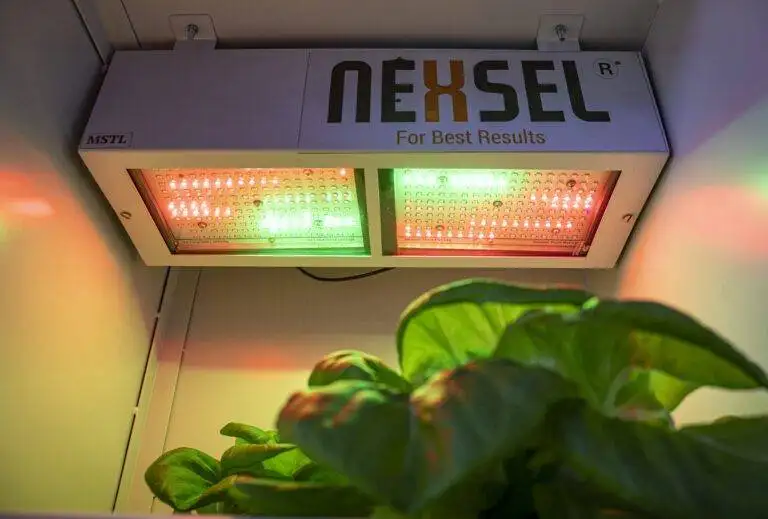
Enquire Now
Quick Link
Other Links
Design & Developed By VBTEK
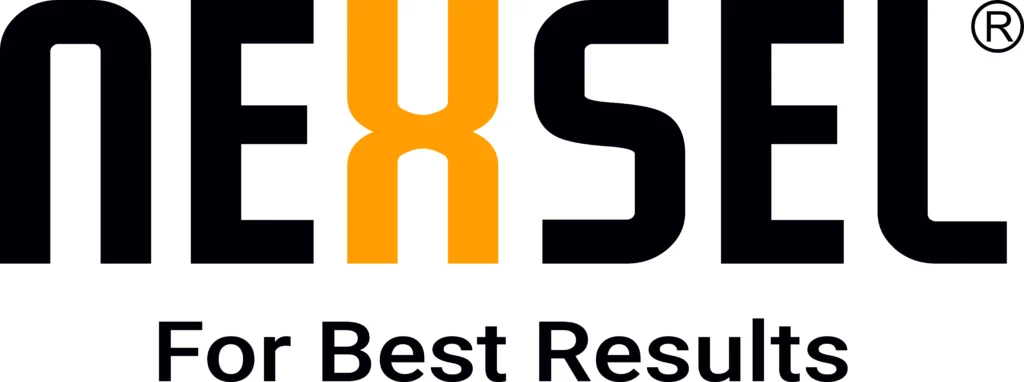
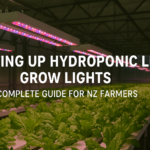
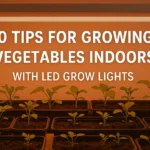
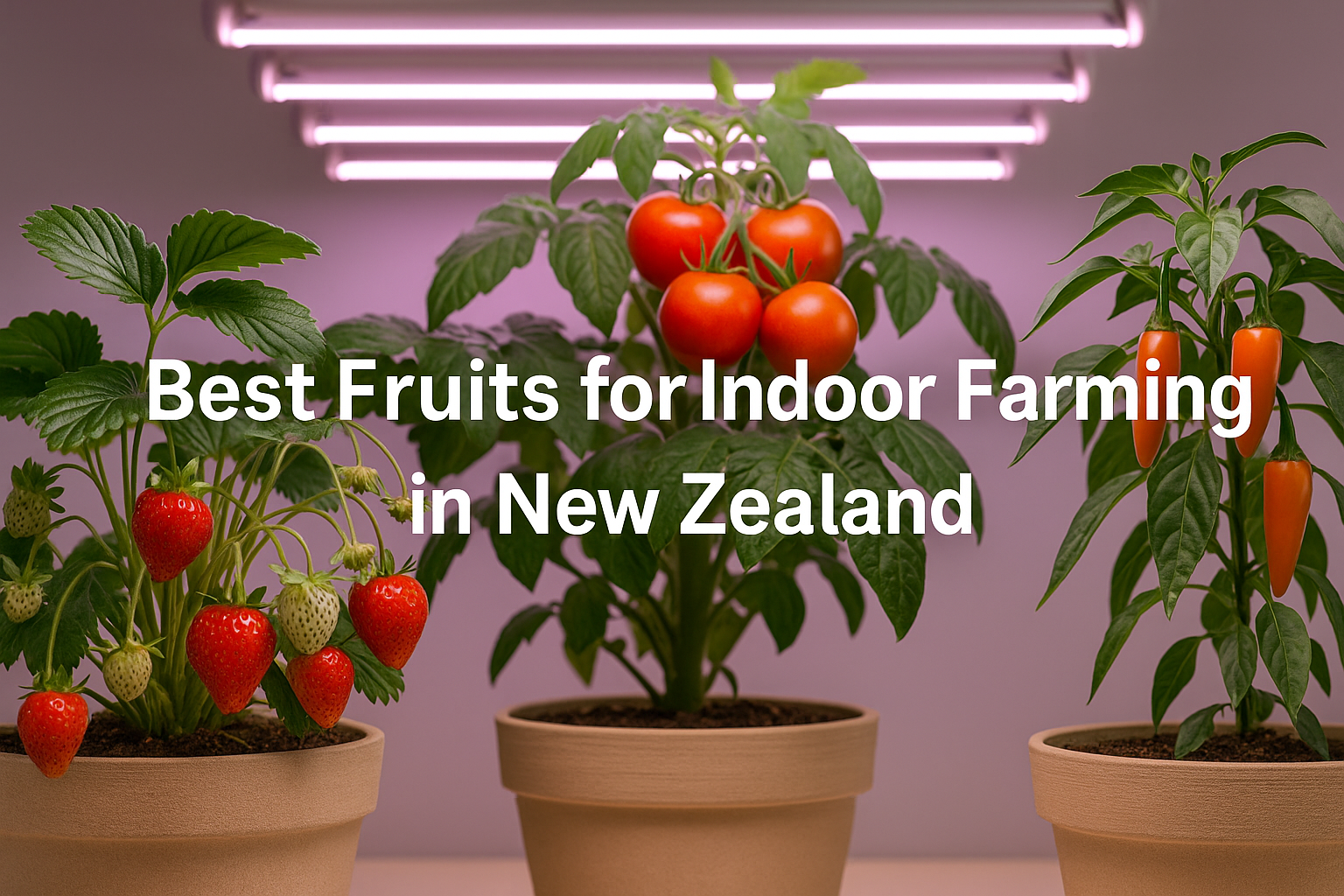




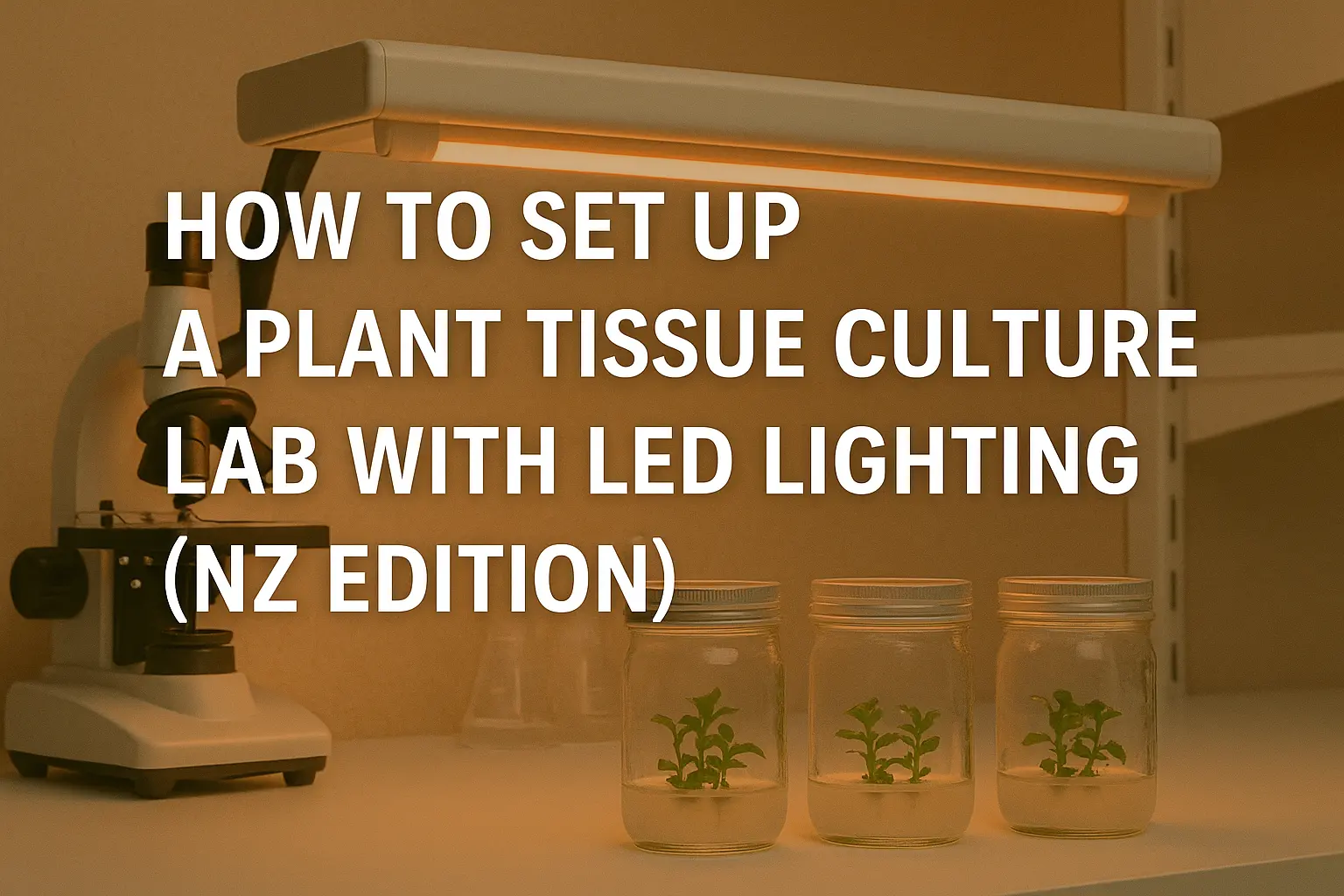
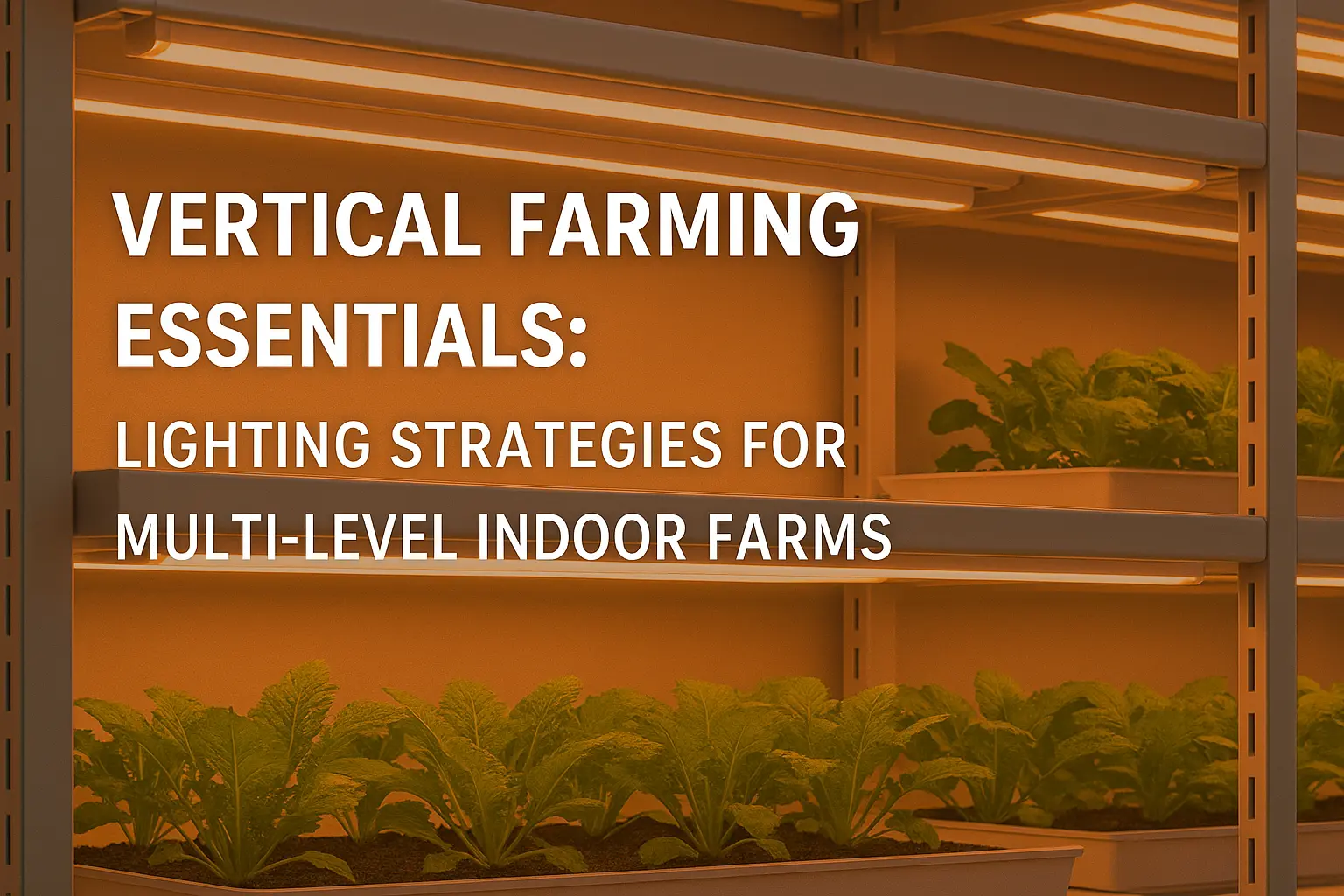
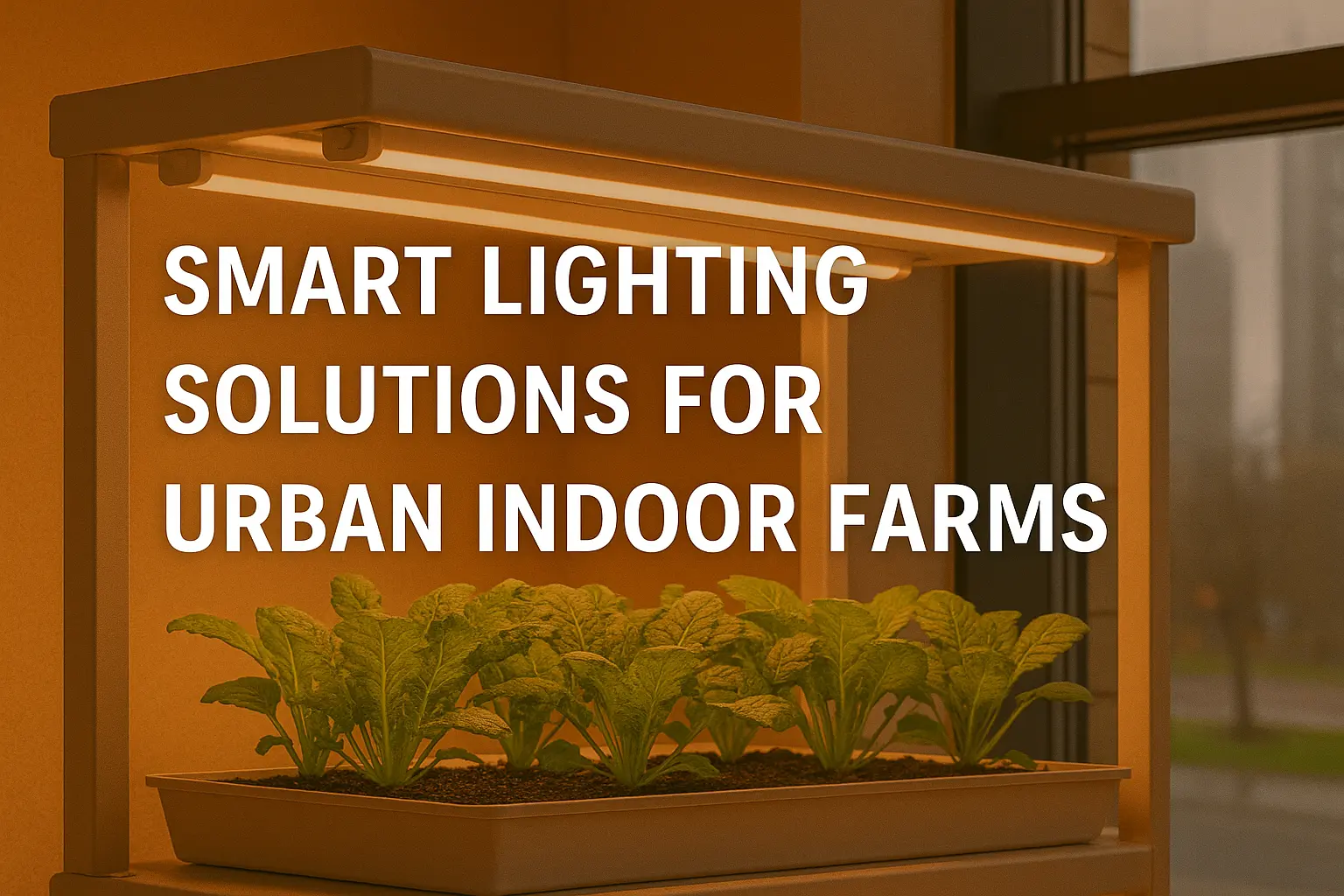
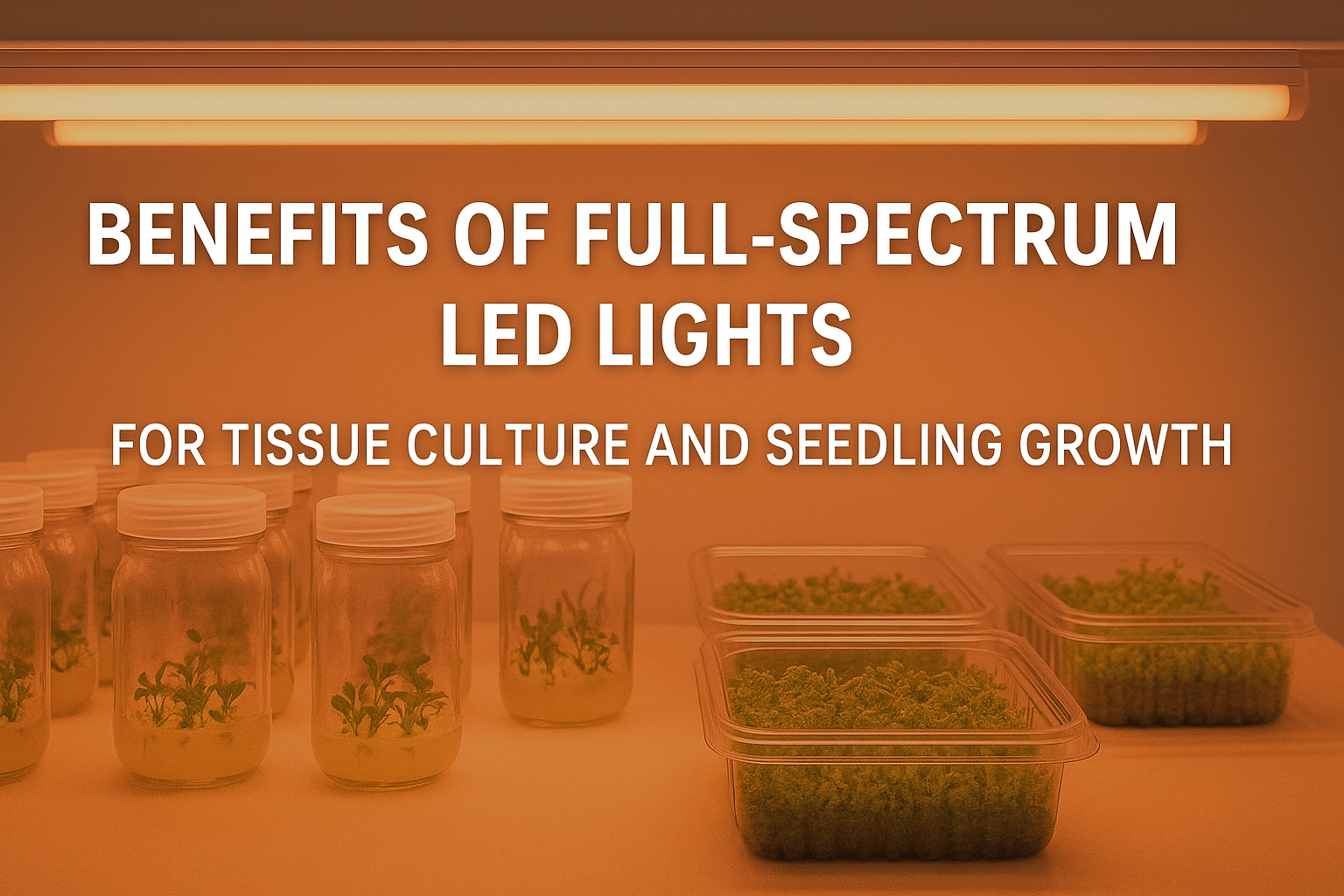
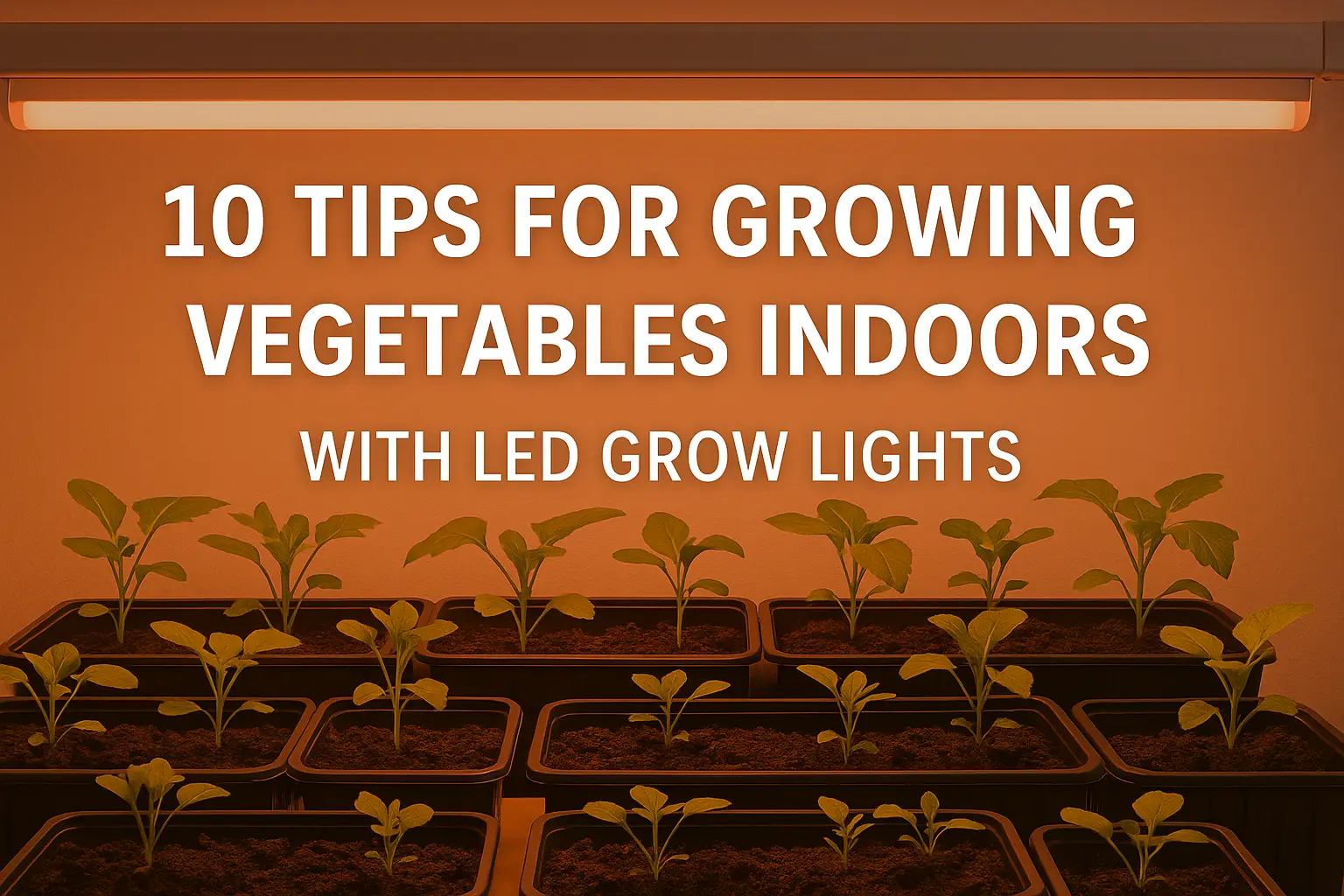
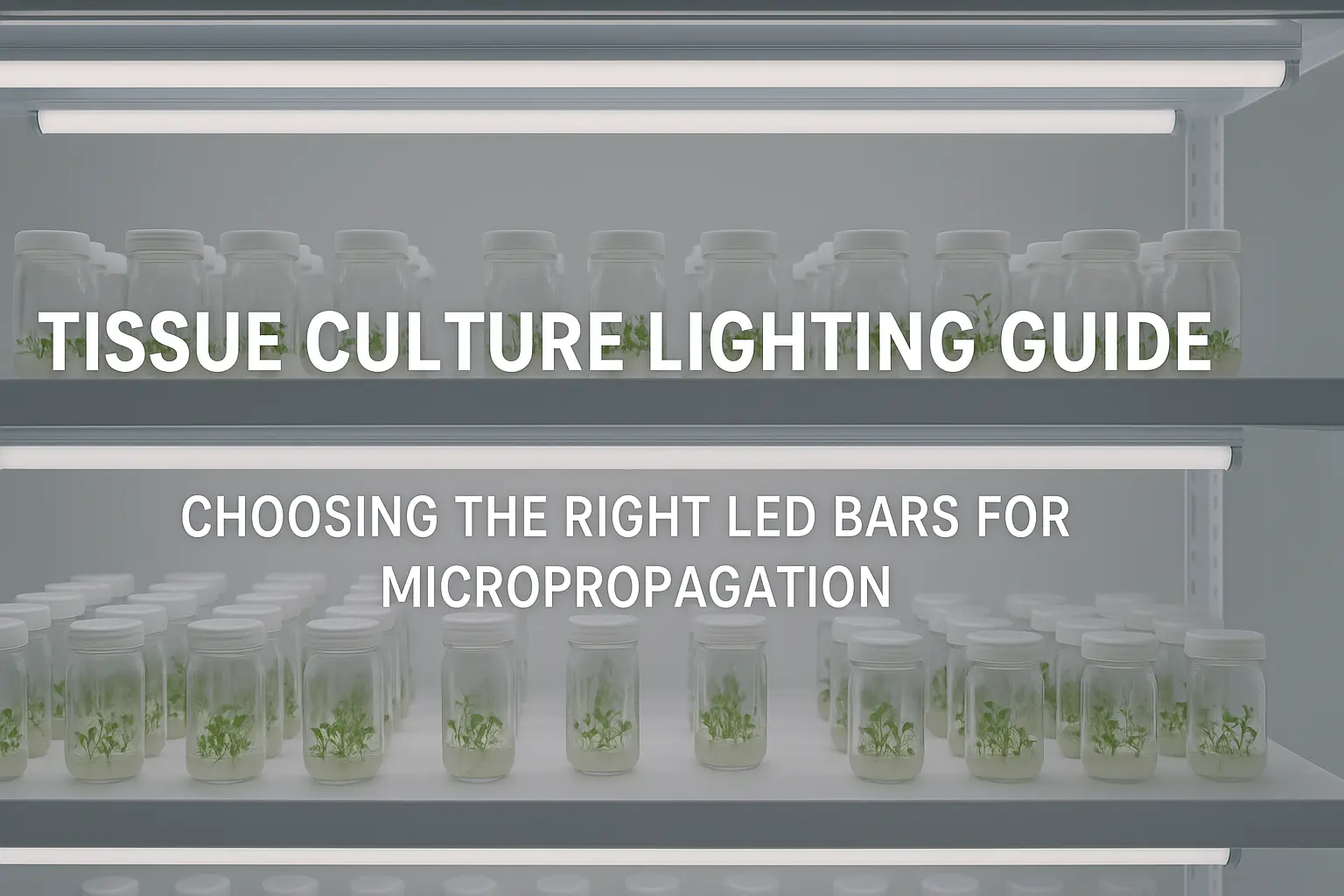
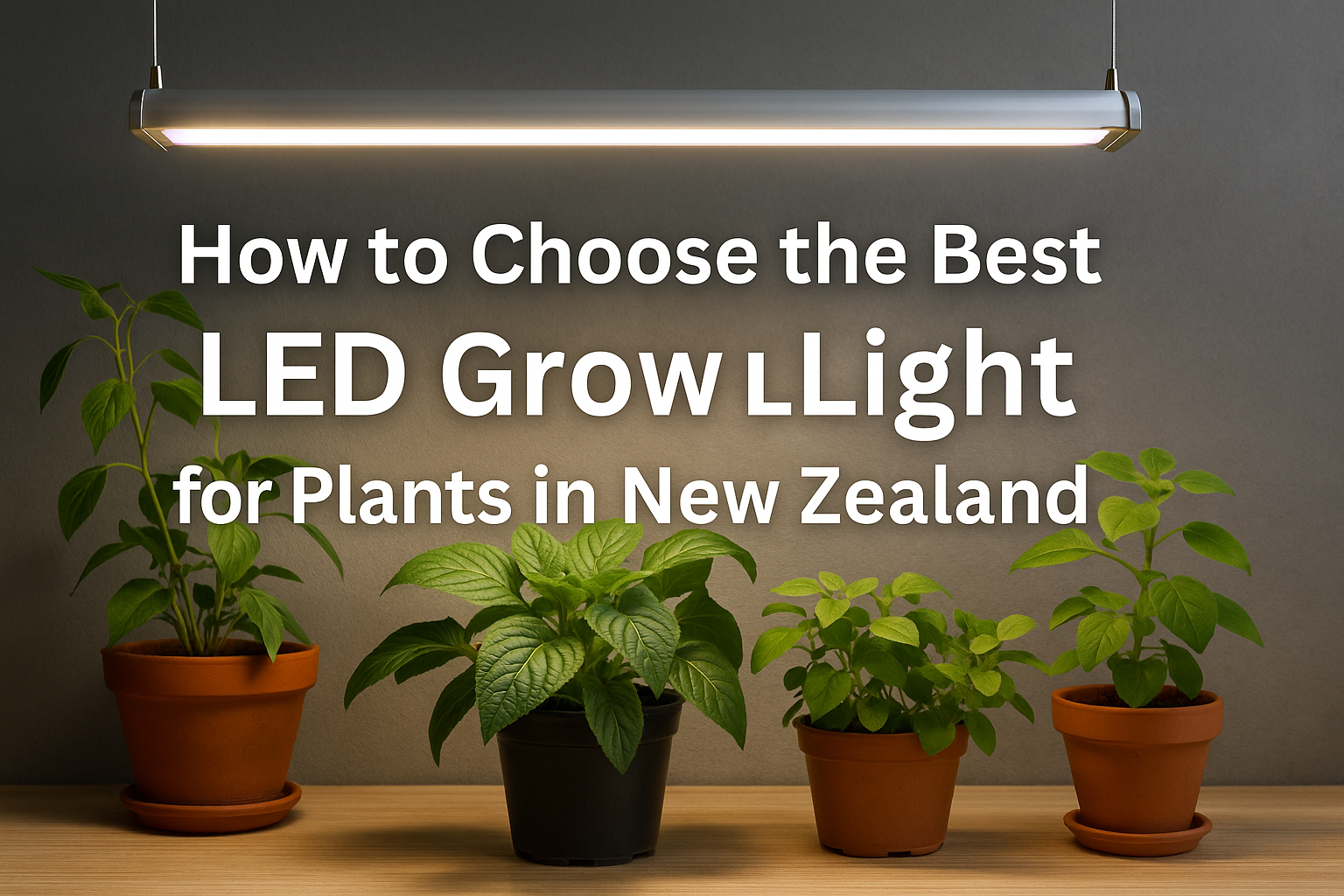



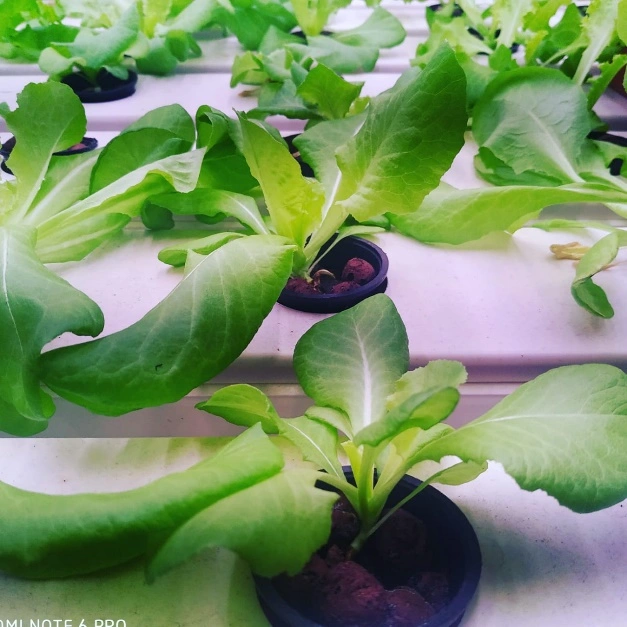

Leave A Comment